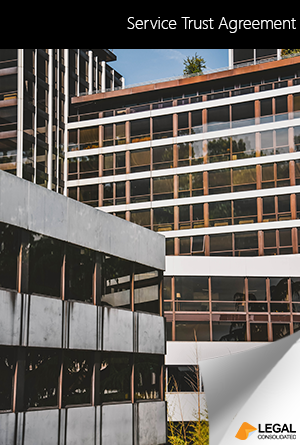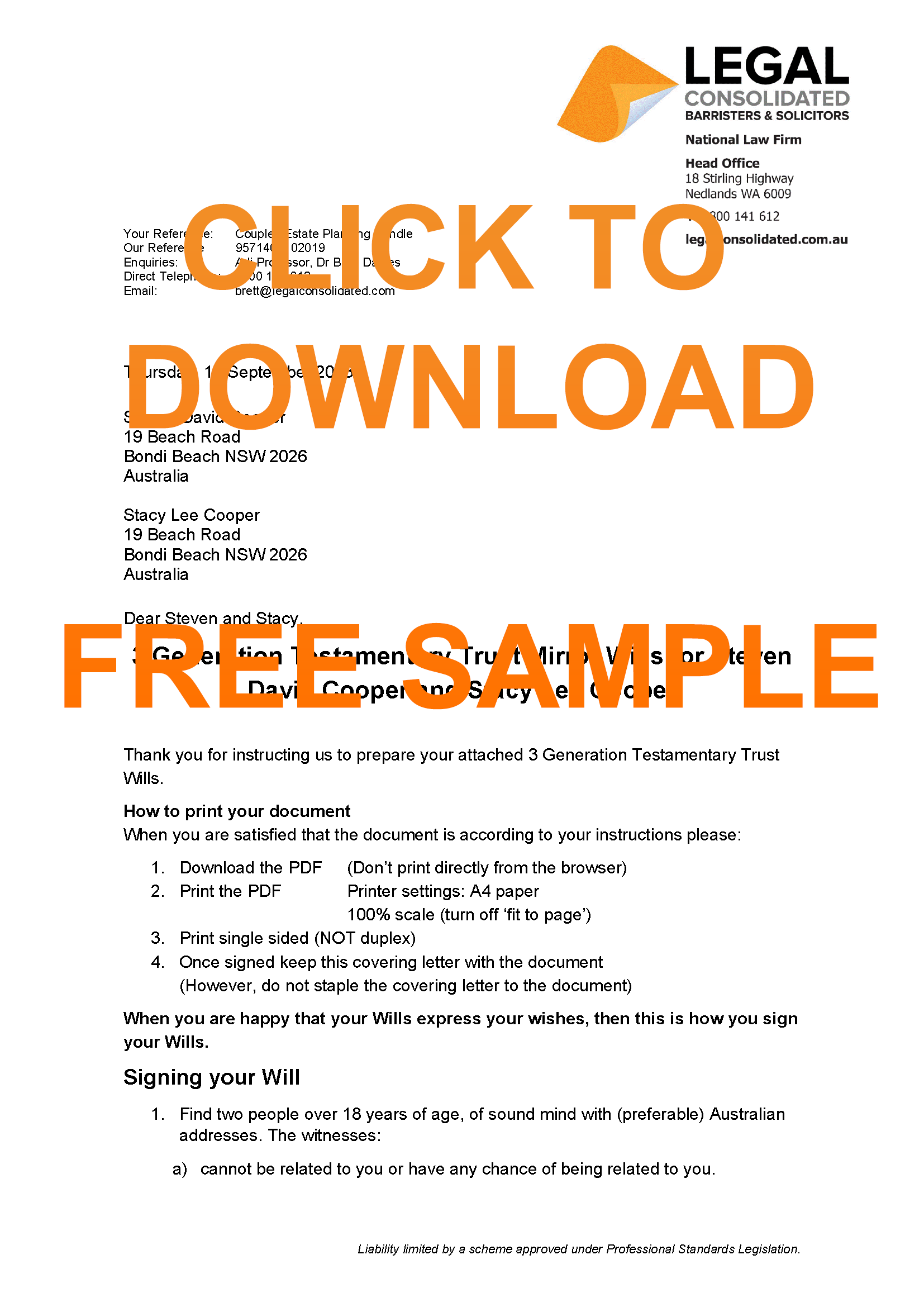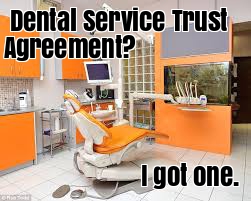Engineering Service Trust Agreement
It is common practice for engineers to use a service trust (service entity). A service trust is often a:
1. Family Trust – if just one engineer
2. Unit Trust – if two or more engineers
3. Company – not common as profit is trapped and no CGT relief. But useful if you have no family because of the 30% tax rate
Build these three types of service trusts on our website.
The service trust is a second business. The service trust provides services to the engineering firm. It charges a fee for providing those services. Service trust profits are shared with the engineer’s spouse, children and family. They pay tax at a lower marginal tax rate. Therefore, the service trust saves tax. It helps with superannuation benefits and the spreading of income to family members.
But it is not enough to have just a service trust. You need the agreement between the engineering firm and the service trust. This agreement is called an Engineering Service Trust Agreement. The Service Trust Agreement is a contract. It allows the service trust to supply equipment, staff, receptionists, tools, machines, premises and administration services to the engineering firm.
Service Trust Agreements are also popular for:
1. Other professionals such as lawyers, doctors, dentists and accountants who cannot otherwise share profit easily.
2. Asset protection – one entity holds the high-risk activities (employees, tenancies & advice), the other keeps all the ‘good’ assets (land, intellectual property) in a low-risk entity.
3. Companies wanting to liberate wealth and move profit into a trust structure. Unlike a company, the service trust can access the CGT tax concessions. Therefore, the service trust often holds appreciating assets. These include real estate, franchises, copyright and ‘leased out’ business names.
Where is the tax advantage?
The service trust is a business. The Engineering Service Trust Agreement provides services to the engineering firm for a profit. The services are provided at ‘market rates’. This is required by the ATO TR 2006/2. The service trust then distributes the ‘profit’ it makes. This is from running the business. The profit is distributed to the non-working spouse, children, and other taxpayers at a lower tax rate.
Example
The engineering firm brings in revenue of $1.6m. The Service Trust provides services to the engineering firm. The Engineering Service Trust Agreement sets out the services. Services include office and factory cleaning, providing secretarial support, staff assistance, computer maintenance, marketing, office lease management, and bookkeeping. The service entity owns the equipment and employs the staff.
The Service Trust (via the Service Trust Agreement) charges the engineering firm $1.4m in fees.
By providing these services the Service Trust makes a profit of $.8m. (This is after it pays its expenses of $.6m.) That profit is distributed to the engineer’s spouse, children and other trust beneficiaries.
The engineer cannot share ‘personal services income’. However, the service trust ‘income’ is not personal services income. This is because the service trust is a separate business from the engineering practice. The service trust operates on an ‘arm’s length basis’. Therefore, the income is distributed to the spouse, children and other beneficiaries related to the engineering firm’s partners.
Independent Contractors Agreement
A Service Trust Agreement is an Independent Contractors Agreement (‘contract for services’).
The principal (engineering firm) requests and pays for the services. The person providing the services is the contractor (service trust). The agreement between the principal and contractor is the Engineering Service Trust Agreement.
The contractor is ‘independent’. The contractor is not an employee of the principal (engineering firm).
What should the Service Trust charge?
Your accountant, each financial year, tells you what to charge. The Service Trust Agreement allows for this. You charge ‘market rates’. Treat the service trust as a separate, non-related business. The Service Trust Agreement allows the service trust to provide many services, including:
- plant and equipment (desks, chairs, machines, tools and equipment)
- employing the staff (build the Employment Contracts here)
- consumables
- the premises
- budgeting, forecasting, bookkeeping, accounting and debt collection services
- marketing, corporate design and identity and brand awareness
- additional services — as agreed by the parties from time to time
How do I update the Engineering Service Trust Agreement?
An exchange of emails updates the Agreement. Add more services as your accountant suggests. You can add a scope of work, plans, diagrams and specifications.
The Service Trust Agreement is silent on what it charges the engineering firm. So that is never out of date. Your accountant advises you on what the appropriate charges are during the financial year.
Contact us for more legal advice
You are building your legal document on a law firm’s website. Need a hand answering the question as you build the document? Just telephone us. But read all the hints first, which are part of the free building process. The building process is designed to educate you and answer most questions.






